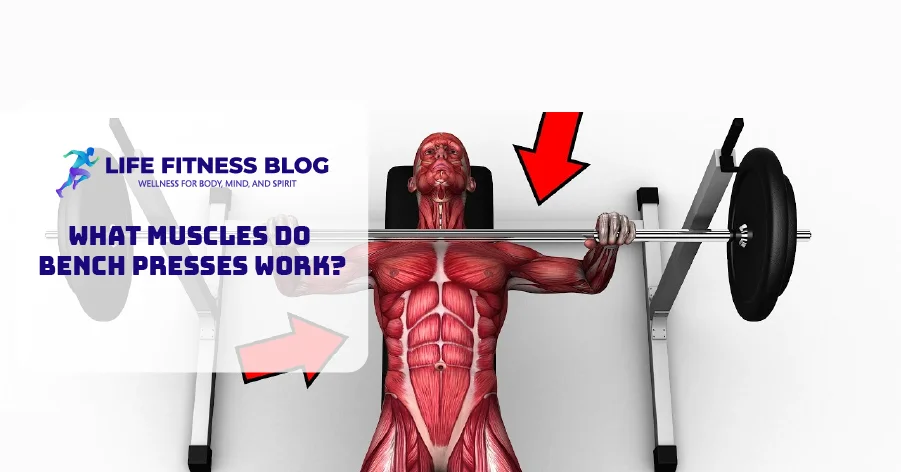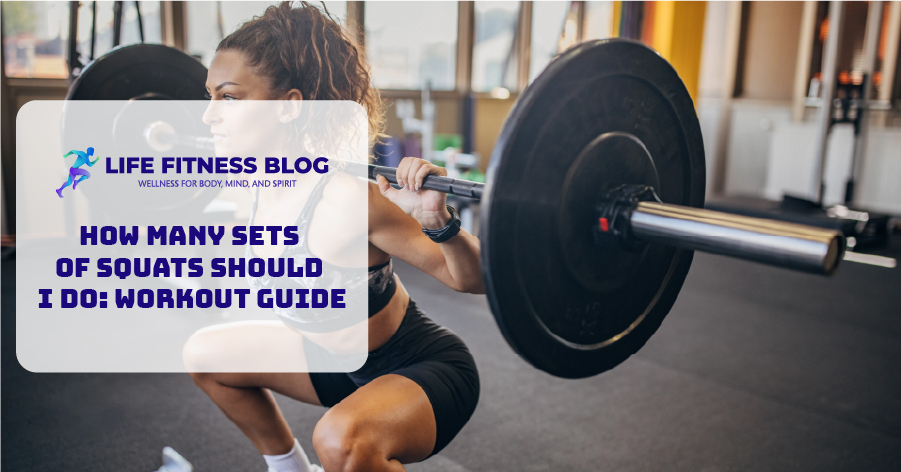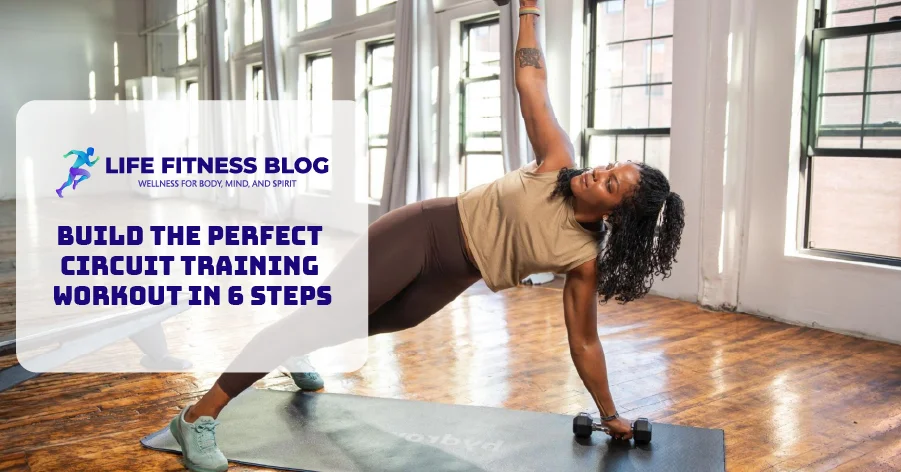Bench presses are a key exercise for your upper body strength. This guide will show you which muscles they work and why they’re important. You’ll learn about the chest muscles, deltoids, and triceps, and how they help you get stronger.
Whether you’re experienced or new to lifting, learning the bench press is beneficial. This article will cover the main muscles, how to do it right, and tips to improve your performance. Start now and see how it can make your body stronger and more toned.
Table of Contents
Understanding the Bench Press as a Compound Exercise
The bench press is a key compound exercise that works many muscles at once. It’s a mainstay in weight lifting, helping build strength and muscle efficiently.
Definition and Basic Mechanics
A compound exercise involves two or more major joints and many muscle groups. The bench press is a perfect example. It needs the shoulders, elbows, and upper back to work together. This makes it a top weight-lifting exercise.
Benefits of Compound Movements
- Increased Muscle Activation: Compound exercises like the bench press work more muscles than isolation exercises. This leads to better muscle growth.
- Improved Functional Strength: The bench press and similar exercises boost overall strength. This is great for sports and daily activities.
- Time-Efficient Workouts: Compound exercises work many muscles at once. This means you can get more done in less time, making your workout routine more effective.
- Balanced Muscle Development: Using compound movements helps muscles grow evenly. This prevents imbalances and improves your overall look.
Learning the bench press form is key to getting the most out of this exercise. Knowing how compound movements work helps you improve your weight lifting. This leads to better muscle growth and strength.
Primary Muscle Groups: The Core Players
The bench press involves the pectoral muscles, shoulder muscles, and triceps. These muscles work together to lift the weight off your chest.
The pectoralis major is the main muscle in your chest. It’s a large, fan-shaped muscle that contracts to move your arms towards your body. The anterior deltoids also help, assisting in moving your arms horizontally.
The triceps brachii are on the back of your upper arms. They extend your elbow joint, helping to straighten your arms and lock out the weight.
These muscles work together to lift the weight. Knowing their roles helps you get the most out of the bench press. It also helps you target the right muscles for growth.
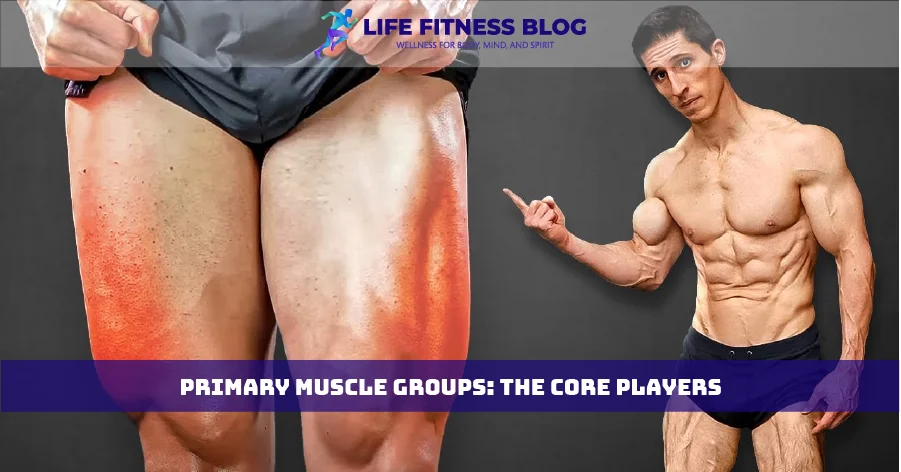
What Muscles Do Bench Presses Work?
The bench press works many muscles at once. It’s a key exercise in strength training. Knowing which muscles it targets can help improve your form and get the most out of it.
Muscle Activation Sequence
The bench press starts with the chest muscles. As you lower the bar, your front shoulder muscles and upper arm muscles join in. Together, they help lift the weight.
Force Production and Distribution
Many muscles work together to lift the weight in a bench press. The chest muscles do most of the work. But your shoulder and upper arm muscles also play a big part. They help keep the joint stable and move the force to the bar.
Muscular Engagement Patterns
- Pectoralis major: This muscle group does most of the work, pushing the weight up.
- Anterior deltoids: They help push off and keep the shoulder stable.
- Triceps brachii: They help extend the elbow, pushing the bar up.
- Latissimus dorsi: These muscles help stabilize the shoulder blades, giving a strong base for the movement.
Knowing how muscles work in a bench press helps target and strengthen key areas. This can improve your strength and performance.
The Pectoralis Major: Your Main Chest Muscle
The pectoralis major, or pectoral muscles or chest muscles, is key in upper body strength training. It’s a large, fan-shaped muscle. It’s the main focus of exercises like the bench press, making it vital for your upper body strength training.
This muscle starts from the clavicle, sternum, and upper ribs. Its fibers meet on the humerus, the upper arm bone. This setup lets the pectoralis major do many movements. It can adduct (bring the arm toward the body), flex (raise the arm), and rotate the arm inward.
- The pectoralis major is key in the bench press, adding to its strength and power.
- This muscle also helps stabilize the shoulder joint. It keeps the form right and prevents injuries in upper body exercises.
- Working the pectoralis major through bench presses and other exercises boosts your chest muscles and upper body strength.
Knowing how the pectoralis major works helps you see why bench presses are important in your upper body strength training. You can then adjust your workouts to focus more on this key muscle group.
Supporting Muscles: Deltoids and Their Role
The deltoids, or shoulder muscles, are key in the bench press. They help a lot with the strength and stability needed for this exercise.
Anterior Deltoid Function
The anterior deltoid is at the front of the shoulder. It starts the push-off motion in the bench press. Lowering the barbell helps push it back up.
Middle and Posterior Deltoid Involvement
- The middle deltoids help keep the shoulder joint stable and move the arms sideways.
- The posterior deltoids help pull the shoulder blades back. This adds more support during the bench press.
Keeping good bench press form is key for strong deltoid use. A tight body and controlled bench press form let the deltoids work their best.
Triceps Activation During Bench Press
The bench press is a key exercise for upper body strength. It works many muscles, including the triceps. The triceps are on the back of the upper arm. They help with the pushing action of the bench press.
During the bench press, the triceps help extend the arms. This is key to finishing the movement. So, the triceps are vital for better bench press variations and upper body strength training.
To get the most out of your triceps during the bench press, try these tips:
- Try different grip widths. A narrower grip works the triceps more. A wider grip focuses on the chest.
- Use bench press variations like close-grip bench presses. They target the triceps more.
- Make sure to fully extend your arms at the top. This engages your triceps for the rep.
- Add triceps-specific exercises like triceps extensions or skull crushers to your routine. They help strengthen this important muscle.
By knowing how the triceps contribute to the bench press, you can improve your pressing power. This leads to better upper body strength training results.
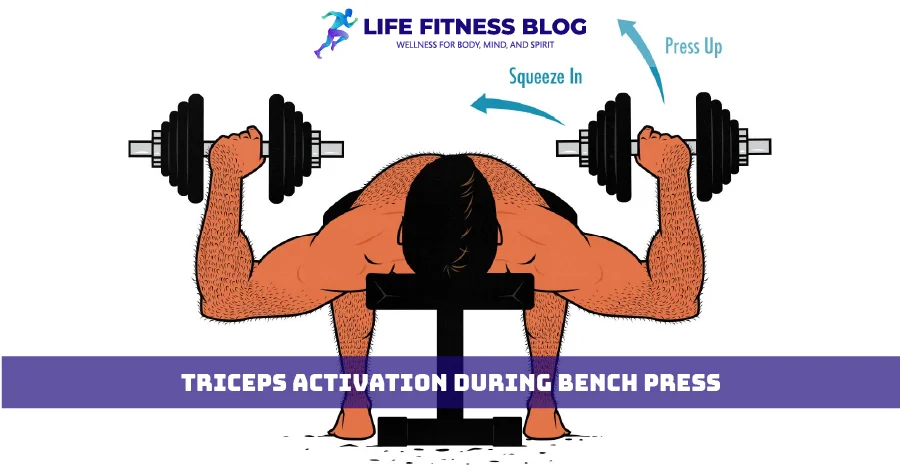
Stabilizer Muscles: The Hidden Heroes
Many think the bench press mainly works the chest muscles. But, it actually works a network of stabilizer muscles too. These muscles are key to keeping your form right and avoiding injuries. They are crucial for your success in weight lifting and bench press.
Core Engagement
The core muscles, like the abs, obliques, and lower back, are stabilizers in the bench press. They keep your spine straight and prevent it from twisting. This helps you transfer power from your lower body to your upper body, boosting your strength and power.
Scapular Stabilizers
The muscles around your shoulder blades, or scapula, are also important. They help keep your shoulders stable and your joints in the right position. This reduces the chance of injury and helps you lift better.
Upper Back Involvement
The muscles in your upper back, like the lats and mid-back, also stabilize the bench press. They help keep your shoulders back and engaged. Strengthening these muscles can improve your bench press and protect your upper body.
Adding exercises that target these stabilizer muscles can enhance your bench press. It also lowers the risk of injury. Remember, the bench press’s hidden heroes are just as vital as the main muscles, so don’t overlook them.
How Grip Width Affects Muscle Engagement
The width of your grip in the bench press greatly affects which muscles are worked and how much. Knowing how different grip widths impact your workout can help you reach your fitness goals better.
A narrow grip focuses on the chest muscles and triceps. It stresses the outer chest and engages the triceps more. This makes it great for building these muscles.
A standard grip balances the chest, shoulders, and triceps. It’s good for many fitness goals because it works all these muscles evenly.
A wide grip emphasizes the shoulders and triceps more. It’s perfect for those who want to strengthen their shoulders and triceps.
| Grip Width | Chest Muscles | Triceps | Shoulders |
|---|---|---|---|
| Narrow Grip | High | High | Moderate |
| Standard Grip | Moderate | Moderate | Moderate |
| Wide Grip | Moderate | High | High |
Try out different bench press variations to find the best grip for you. By focusing on the muscles you want to work, you can make your bench press workouts more effective and keep improving.
Common Form Mistakes That Limit Muscle Activation
Getting the bench press form right is key to working the right muscles. These include the pectoralis major, deltoids, and triceps. Many lifters make mistakes that lessen the exercise’s impact. Let’s look at two common errors and how to fix them.
Proper Setup Position
Having the right setup is vital for the bench press. Common mistakes include:
- Arching the back too much, can hurt your spine and reduce chest muscle work
- Not pulling the shoulder blades back, leads to instability and less force
- Gripping the bar too wide puts more stress on the shoulders than the chest
To get it right, keep your back slightly curved, shoulder blades pulled back, and hands just wider than shoulder-width apart. This setup will help you work the muscles that do bench presses work better.
Movement Pattern Errors
The right bench press movement is also key. Mistakes to avoid include:
- Flaring the elbows too wide puts too much stress on the shoulders and less on the chest
- Lowering the bar too far, causes the elbows to go past the chest’s plane
- Not extending the arms fully at the top, leaving some muscle tension
Keep your elbows at about a 45-degree angle, lower the bar to just below your chest, and lock out your arms at the top. Mastering the correct bench press form will help you work your muscles better and avoid injuries.
Progressive Overload for Muscle Development
To really boost your upper body strength, you need a smart plan called progressive overload. It’s key for getting better at exercises like the bench press. By slowly upping the challenge, your muscles keep growing and getting stronger.
The secret to progressive overload is to slowly add more weight, reps or sets over time. This makes your muscles work harder and get stronger. You’ll see big gains in your upper-body strength training and weight-lifting exercises as you keep pushing yourself.
- First, find out your current bench press 1RM. This is your starting point for tracking your progress.
- Then, add a little more weight each week or every other week. Aim for a 2-5% increase. This slow rise helps your muscles grow without risking injury.
- Or, keep the weight the same but do more reps in each set. Try to do more reps with the same weight.
- Lastly, you can do more sets with the same weight and reps. This makes your muscles work harder for longer.
Remember, the secret to compound exercises and lasting muscle growth is to listen to your body and recover well. Always stick to the progressive overload plan. This way, you’ll unlock your upper body strength training potential and see amazing results in your weight-lifting exercises.
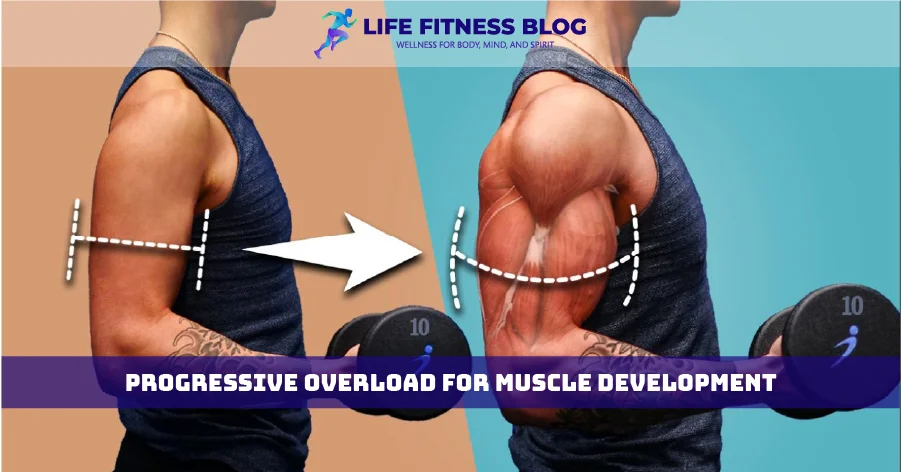
Conclusion
The bench press is a top exercise for working many muscles in your upper body. It’s great for building strength in this area. By knowing which muscles it targets, you can get the most out of it.
The main muscles involved are the pectoralis major, deltoids, and triceps. These muscles work together during the bench press. Muscles like the core and scapular stabilizers also help, keep everything stable.
To get the most out of the bench press, focus on proper form and technique. This helps you use the muscles right and stay safe from injuries.
For the best results, keep practicing, increase the weight you lift, and follow good training rules. The bench press is a key part of a good workout plan. It will help you get stronger and build muscle in your upper body.
Also Read:
FAQs
What are the primary muscle groups worked during a bench press?
The primary muscle groups activated during a bench press are the pectoralis major (chest), anterior deltoids (shoulders), and triceps.
How can I improve my bench press performance?
To improve your bench press performance, focus on proper form, progressive overload (gradually increasing weight or reps), and incorporating compound exercises to build overall strength.
What are some common mistakes people make when performing a bench press?
Common mistakes include arching the back excessively, not retracting the shoulder blades, and flaring the elbows out too wide. These errors can reduce muscle activation and increase the risk of injury.
Why is grip width important in a bench press?
Grip width influences muscle activation. A narrow grip emphasizes the triceps, a standard grip targets a balance of chest, shoulders, and triceps, and a wide grip focuses on the shoulders and outer chest.
How can I prevent injuries while bench pressing?
To prevent injuries, maintain proper form, gradually increase weight, warm up before each session, and listen to your body. If you experience pain, rest and consult a healthcare professional.

